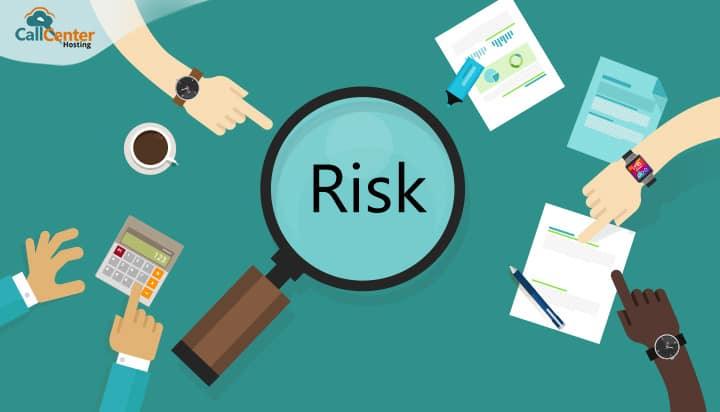The one thing that is common in all humans is the will to take risks at some point in their life, to pursue what they genuinely care about. While this might be a great motivator in our routine life, it cannot be considered professional in a professional environment. Why not?
Well, for starters, risks are .. you know risks. They are never alone. They bring along significant repercussions that need to be dealt with. A professional environment does not allow opting towards risks unless it is an absolute necessity.
For this reason, risk matrix is a common and effective practice that assesses the risks and alerts the organization about the probable consequences and their severity.
Factors affecting a Risk Matrix
A risk matrix is a simple matrix that comes in handy when you face a lack of guarantee to the outcome of a particular choice you are about to make. Although it is simple, yet it can be extremely useful to signify the consequences in front of you.
There are certain factors that affect the outcomes of a risk matrix. Let’s have a quick look at them.
Probability of a risk
The first thing you need to assess when opting to use a risk matrix is to analyze and judge the probability of the occurrence of a situation that demands a risk.
Low
The probability is low when there is no chance of a risk to happen. This type of a situation is classified as rare.
Moderate
The probability is moderate when the chances of a risk are leveled up by 50-50%.
High
This is the probability when a risk is likely to happen by a percentage representation of more than 60-80%.
Severity of a risk
The second factor is the severity of the risks on the overall health of a business. The severity of risk often affects the people in a business, its environment, its assets, and, in some cases, its reputation too.
Negligible
When the risks under consideration do not possess a significant negative impact on any other component of an organization. Risks of these sorts are negligible and the company can afford them.
Moderate
When the risks taken by the organization result in some sorts of damages, but the frequency of the occurrence of these damages is low, then the business can bear the consequences without much hassles.
Critical
Risks that bring a significant amount of damage to a business and incur losses on the business are considered to be critical. Before taking such risks, a company must be prepared to encounter substantial consequences.
Implementing a risk matrix
A risk matrix can be implemented by placing the possible risks in a matrix divided into four different cells. The cells are categorized on the basis of their severity:
- Extreme,
- High risk,
- Medium,
- Low risk.
Upon listing down the risks in the respective cells, the business is able to see a clear view of the risks that can be significantly damaging for itself and make necessary measures.
In this fast-paced age of digital technology, risk analysis and risk management are the two most important components in a business. I hope that the article has provided you with the necessary information to use it when you are encountered by similar a situation(s).






